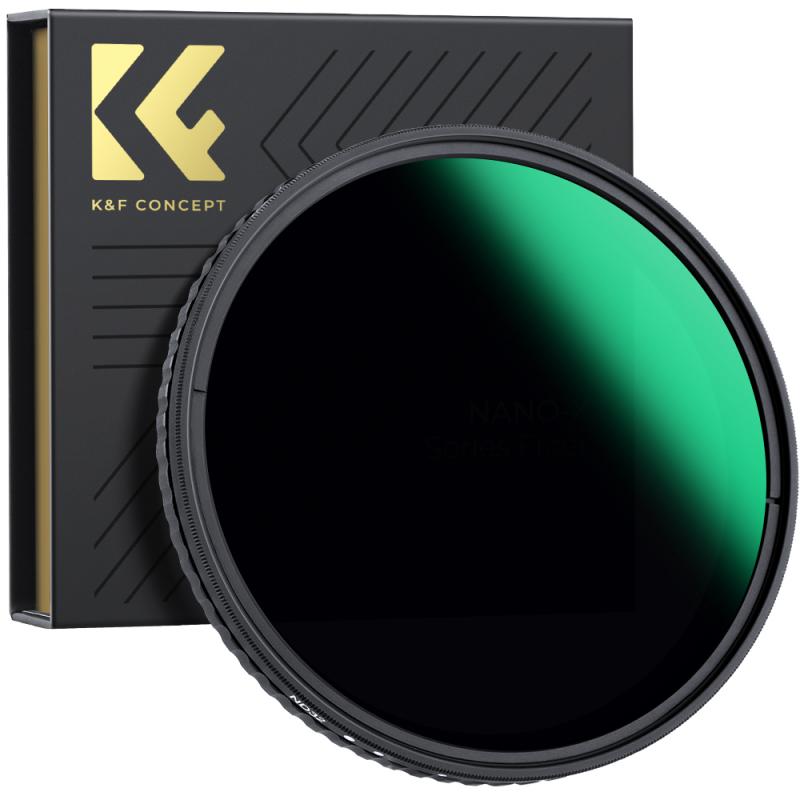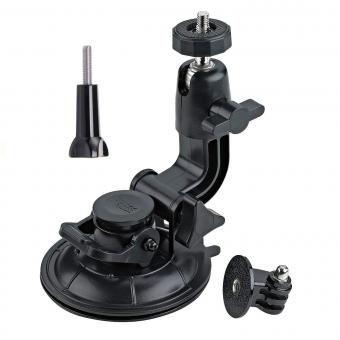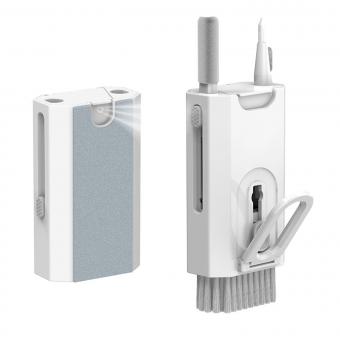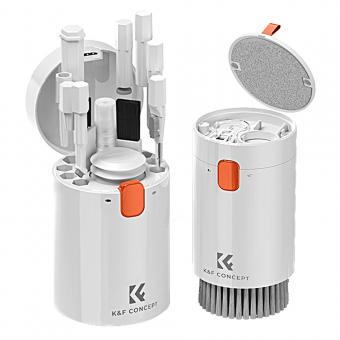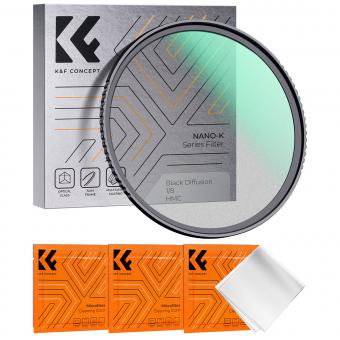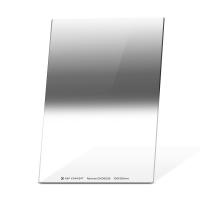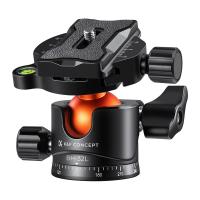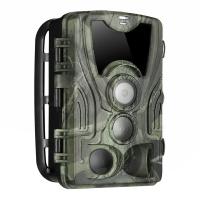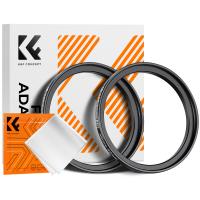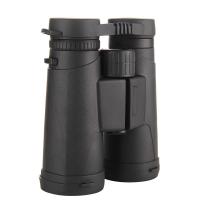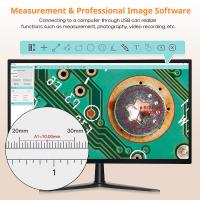What To Clean Microscope Lens With ?
Microscope lenses should be cleaned with a soft, lint-free cloth or lens paper. It is important to avoid using any abrasive materials or harsh chemicals that could damage the lens. Instead, gently wipe the lens in a circular motion to remove any dust or smudges. If necessary, a small amount of lens cleaning solution specifically designed for optical lenses can be used. It is important to follow the manufacturer's instructions when using cleaning solutions and to ensure that the lens is completely dry before using the microscope again.
1、 Microfiber cloth
Microfiber cloth is the ideal tool to clean a microscope lens. It is a soft, lint-free cloth that is specifically designed to remove dust, smudges, and fingerprints without scratching delicate surfaces. The microscopic fibers in the cloth are able to attract and trap dirt particles, ensuring a thorough and gentle cleaning.
When cleaning a microscope lens, it is important to use a cloth that will not leave behind any residue or lint, as this can affect the clarity of the lens and potentially damage it. Microfiber cloths are highly effective in removing dirt and oils without leaving any streaks or lint behind.
To clean a microscope lens with a microfiber cloth, simply gently wipe the lens in a circular motion. Start from the center and work your way outwards, ensuring that you cover the entire surface of the lens. If there are stubborn smudges or fingerprints, you can slightly dampen the cloth with distilled water or lens cleaning solution, but be careful not to use too much liquid as it can seep into the lens and cause damage.
It is worth noting that some experts recommend using lens cleaning solutions specifically designed for microscope lenses, as they are formulated to effectively remove oils and other contaminants without damaging the lens coating. However, microfiber cloth alone is generally sufficient for regular cleaning and maintenance.
In conclusion, when it comes to cleaning a microscope lens, a microfiber cloth is the best tool to use. It is gentle, lint-free, and highly effective in removing dirt and smudges. However, it is always important to follow the manufacturer's guidelines and recommendations for cleaning and maintenance to ensure the longevity and optimal performance of the microscope lens.

2、 Lens cleaning solution
Lens cleaning solution is the recommended substance to clean a microscope lens. It is specifically designed to remove dirt, smudges, and other contaminants without damaging the delicate lens surface. This solution typically contains a mixture of isopropyl alcohol and distilled water, which effectively cleans the lens without leaving streaks or residue.
Using lens cleaning solution ensures that the lens is properly cleaned and maintains its optical clarity. Microscope lenses are highly sensitive and can easily be scratched or damaged if cleaned with improper substances. Therefore, it is crucial to use a solution specifically formulated for lens cleaning.
In recent years, there has been a growing interest in using alternative cleaning methods for microscope lenses. Some individuals suggest using household products such as vinegar or dish soap diluted with water. While these substances may effectively remove dirt, they can leave behind residue or streaks, compromising the lens's performance.
Moreover, using homemade solutions may not be suitable for all types of microscope lenses. Different lenses have different coatings and materials, and using the wrong cleaning solution can damage or degrade the lens surface.
To ensure the longevity and optimal performance of microscope lenses, it is best to stick to the recommended lens cleaning solution. It is widely available in scientific supply stores and online retailers. By following the manufacturer's instructions and using the appropriate cleaning solution, users can maintain the clarity and functionality of their microscope lenses for years to come.
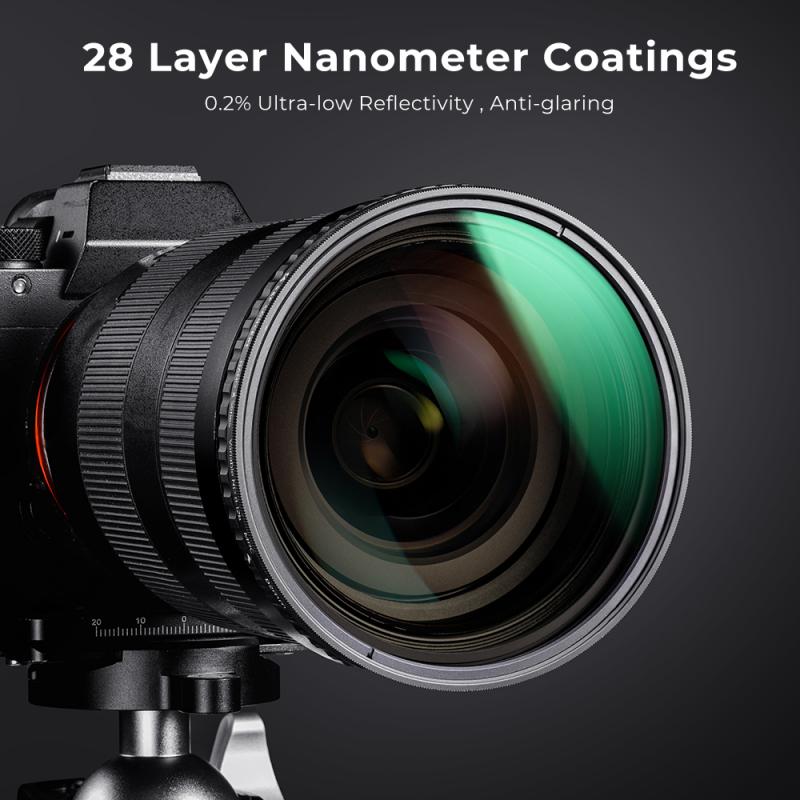
3、 Compressed air
When it comes to cleaning a microscope lens, one of the most commonly recommended methods is to use compressed air. Compressed air is a convenient and effective way to remove dust and debris from the lens without the risk of scratching or damaging it.
Using compressed air to clean a microscope lens is a simple process. First, ensure that the microscope is turned off and unplugged to prevent any electrical damage. Then, hold the compressed air canister upright and use short bursts of air to blow away any loose particles on the lens. It is important to maintain a safe distance between the nozzle and the lens to avoid any accidental contact.
Compressed air is particularly useful for removing stubborn particles that may be difficult to remove with other cleaning methods. It can effectively dislodge dust, lint, and other small debris that may have accumulated on the lens. However, it is important to note that compressed air should not be used as the sole method of cleaning the lens. It is best used as a preliminary step before using a lens cleaning solution or lens tissue.
It is worth mentioning that some experts caution against using compressed air directly on the lens, as it may cause the particles to be blown onto other parts of the microscope or into the air. Therefore, it is advisable to use compressed air in a controlled manner and in conjunction with other cleaning methods.
In conclusion, compressed air can be a useful tool for cleaning a microscope lens, especially for removing loose particles. However, it should be used in conjunction with other cleaning methods and with caution to avoid any potential damage or contamination.

4、 Lens cleaning paper
Lens cleaning paper is the recommended material to clean a microscope lens. It is specifically designed to remove dirt, smudges, and fingerprints without scratching or damaging the lens surface. Lens cleaning paper is made from a soft, lint-free material that is highly absorbent, ensuring a thorough and effective cleaning.
When cleaning a microscope lens, it is important to use lens cleaning paper that is specifically designed for optical surfaces. Regular tissues or paper towels may contain abrasive particles that can scratch the lens, compromising its clarity and performance. Lens cleaning paper is free from such particles, making it safe to use on delicate lenses.
To clean a microscope lens with lens cleaning paper, gently wipe the surface in a circular motion. Start from the center and move towards the edges, ensuring that you cover the entire lens. Avoid applying excessive pressure, as this can also damage the lens. If there are stubborn stains or smudges, slightly dampen the lens cleaning paper with a small amount of lens cleaning solution or distilled water. However, it is important to use these liquids sparingly, as excessive moisture can seep into the lens and cause damage.
It is worth noting that some microscopes may come with specific cleaning instructions or recommendations from the manufacturer. It is always a good idea to consult the microscope's user manual for any specific cleaning guidelines.
In conclusion, lens cleaning paper is the ideal material to clean a microscope lens. Its soft, lint-free composition ensures a safe and effective cleaning process, without causing any damage to the lens.
